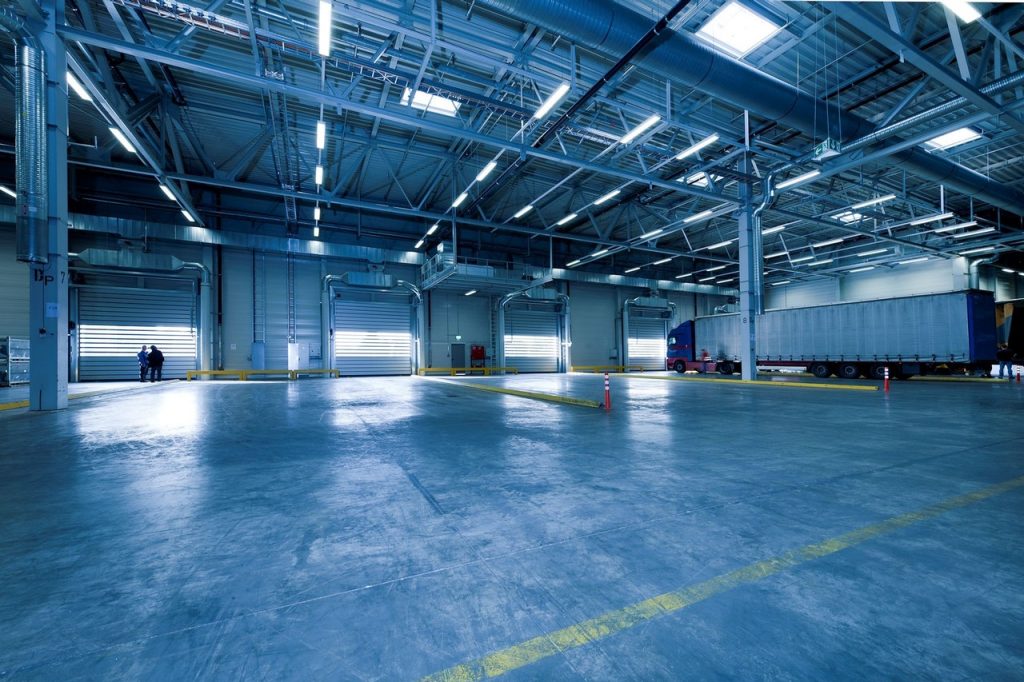What Are The Most Common Commercial Real Estate Myths?
The commercial real estate industry has changed rapidly in the last decade, especially due to a recovering economy. Advancements in technology have paved the way for more efficient investment strategies, but not everyone is up-to-date with the current developments. Read on to learn the most common myths that both commercial real estate professionals and business owners still believe.
Myth: Ecommerce Has Ruined the Commercial Real Estate Industry.
The rise of the Internet has completely changed how consumers shop. That isn’t to say brick-and-mortar has become extinct. While ecommerce sites have become a normal method of shopping for the masses, a huge number of retail sales still take place in physical stores. Experience is in high demand for consumers, which is something that brands are building towards. There is still a need for storefront businesses, and property owners are still in need of commercial spaces for dining, entertainment destinations and pop-up stores.
Myth: Outdated Industrial Spaces Are Not Valuable.
While industrial real estate is a hot commodity, many investors believe structures are being put up for sale due to structural problems or outdatedness. It is true that many industrial sites aren’t the flashiest buildings and have been around for decades, but the key selling point lies within their locations. Big-box industrial spaces such as warehouses and distribution centers are being relocated closer to major cities. This allows for quicker and cheaper transportation, which constitutes a significant portion of overhead. The sites might be older, but that doesn’t mean they don’t function properly. Smaller-scale industrial sites are being transformed into a variety of commercial entities such as breweries, coffee shops and even office spaces.
Myth: Office Spaces Should Be Designed on Tight Budgets.
Just as the consumer experience is at the center of the marketer’s mind, the employee experience is also valuable. Productivity and office design go hand-in-hand. With a well-designed and highly engaging space, office workers are more likely to be more productive. Larger companies are looking to offer engaging amenities to retain and attract talented individuals, so designs focused on these features has become a key element in designing a modern office space.
Myth: Millennials Are the Only Target Demographic.
Right now millennials make up the largest living generation in American history. With that said, many investors assume this is the only audience they should be targeting. Single-family living spaces and rental properties are more popular among millennials, but as the baby boomers are nearing retirement age, they should not be left out of the picture. A substantial amount of renters are over the age of 65. As millennials grow older, they will start a family and shift the demand from single-family to multi-family living. The solution is for developers to construct multi-generational living spaces that can appeal to both generations.

